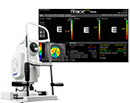Tear Film Analysis and
the Tear Film Index
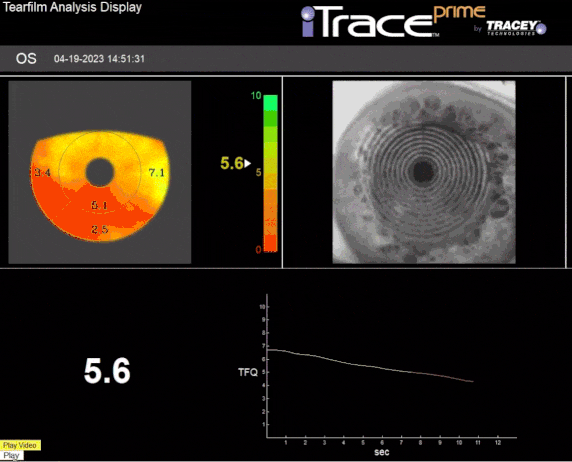
TFI™
Introducing the Tear Film Index
Available with the iTrace Prime software, the Tear Film Analysis is a new exam process that continues to expand the data that iTrace users get from a single device.
An upgraded camera enables the iTrace to provide both subjective and objective data that eyecare practitioners can use to take the guesswork out of the assessment of the ocular surface and tear film during the exam and treatment planning
Using the Placido-disk technology powered by the iTrace’s integrated corneal topographer, the new Tear Film Analysis exam visualizes the breakup of the tear film over time on the eye’s surface immediately after a blink and quantifies the degree to which dry eye and tear film dysfunction affect the corneal surface using a new objective scale — the Tear Film Index (TFI).
How Does Tear Film Analysis Work?
Tear film quality has been a confounding factor in cataract and refractive surgery outcomes for decades, and the growth of a highly specialized array of IOL options has made this even more apparent.
In the Tear Film Analysis exam, the iTrace’s high-definition camera records the patient’s corneal surface for a 12-second period starting immediately after a blink, producing a map of the tear film deterioration and allowing users to visualize the areas where the tear film evaporates and where it stabilizes.
The tear film is analyzed using a proprietary assessment of the sharpness, shape, and continuity of the Placido-ring images and quantified using the Tear Film Index (TFI). The analysis also provides a metric called the Topo-Breakup Time (Topo-BUT). This is the time at which the topography ring reflection edges begin to break down, corresponding with tear film break up.
“Don’t rush to surgery. Clear that surface of the eye first. Save yourself the heartache of doing surgery and having a patient upset because they can’t see clearly.”
– Paul Singh, MD
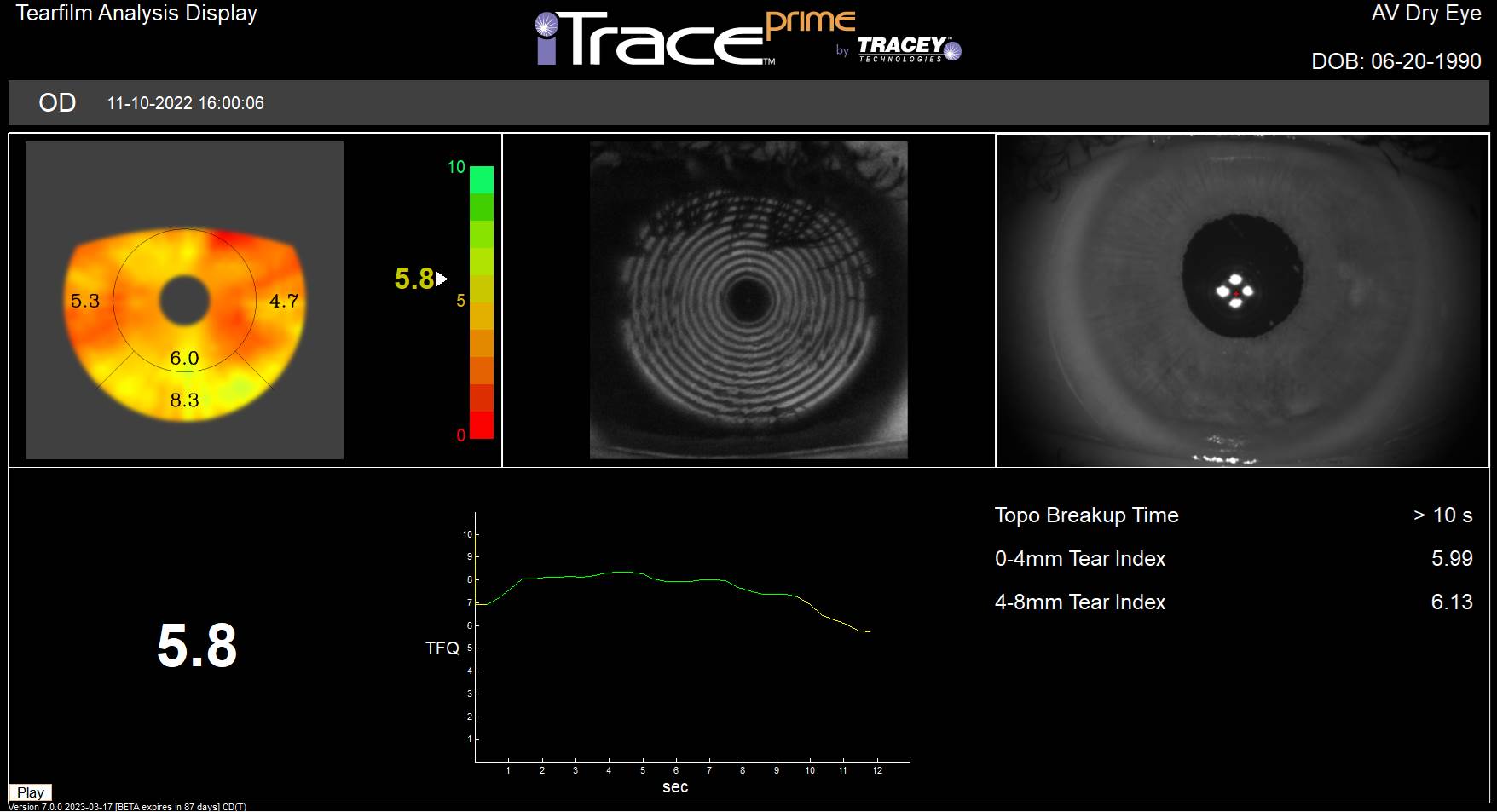
The Tear Film Index (TFI™)
The Tear Film Index (TFI), like the other indices on the iTrace, standardizes the effects of dry eye and ocular surface conditions on a patient’s quality of vision.
The TFI is recorded on an objective 0-10 scale that provides doctors with a simple, intuitive number to quantify both tear film quality and the impact of dry eye disease (DED) on the patient’s vision. This metric is trackable over time, allowing you to discuss DED treatment options before the condition worsens and threatens to affect surgical outcomes, and then you can track the treatment effectiveness.
The TFI is one of the many measurements available in iTrace Prime’s new all-in-one surgical, display: the Prime Dashboard. Click here to learn more!

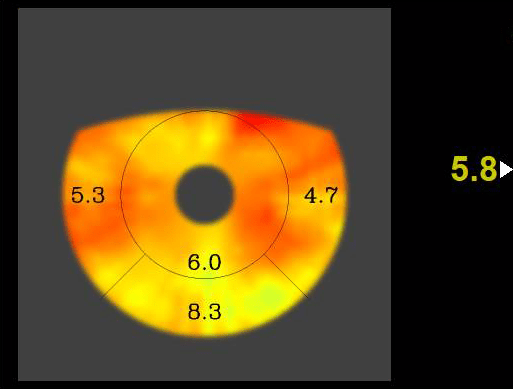
A regional scoring of topo break-up time and tear film quality recorded during the exam. Video playback available to observe specific changes over time in each region.

The Tear Film Index (TFI™), an objective metric that provides a standardized assessment of overall tear film quality based on key exam factors.
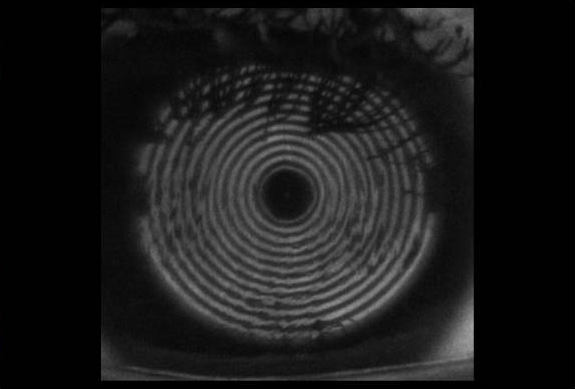
A live display of placido rings on the ocular surface. Can be played back to observe the way the ring image quality changes during the 12-second exam.
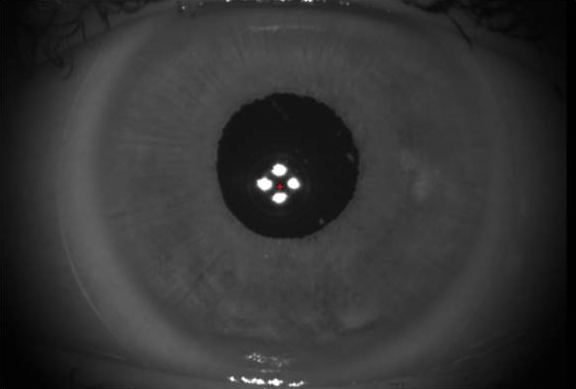
An infrared image of the eye that can be used to identify any defects with the ocular surface or glands of the lower lid.
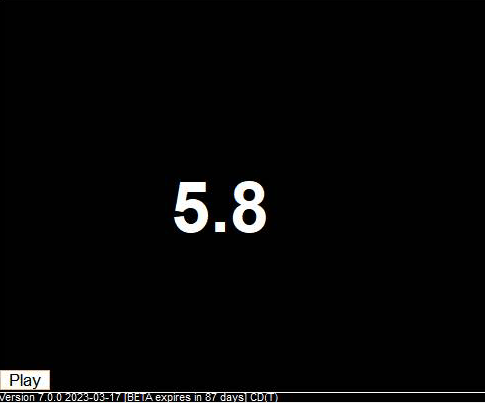
The standalone TFI score, a weighted average of the regional tear film quality above.
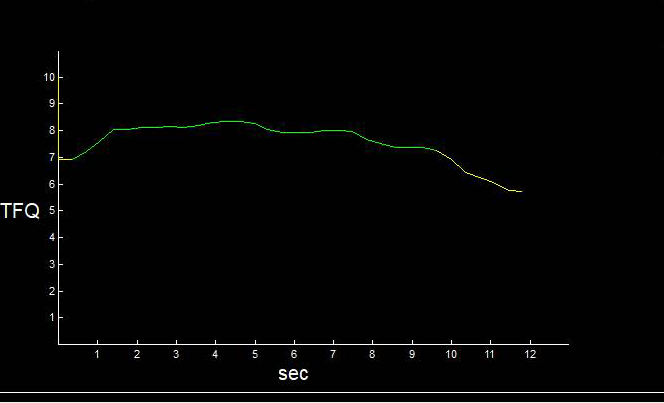
Tear film quality charted over the course of the exam. The purple dashed line marks the average point at which topo break-up time starts to influence vision quality.
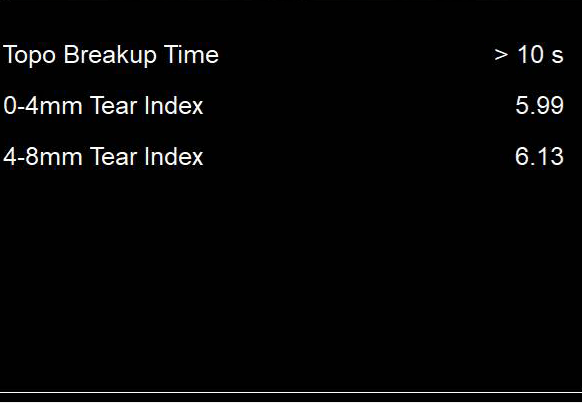
Metrics assessing topo break-up time and breaking down tear film quality between the central and peripheral zones of the ocular surface.
With the Prime upgrade, the iTrace continues to simplify the process of clinical decision making and allows you to provide your patients with the best possible treatment outcomes by bringing you more useful data all in one place. To learn more about how the all-new Tear Film Analysis and the iTrace Prime upgrade could benefit your practice, schedule a demo or call (281) 317-6948.
Success Stories
Moones Abdalla
Mark Blecher
John Bolger
Alan Faulkner
Robert Osher
Tracey Swartz
Request an iTrace Demo
We look forward to giving you an inside look at how the iTrace works. Simply fill in your preferred contact information and a member of the Tracey team will reach out to schedule your demo.
